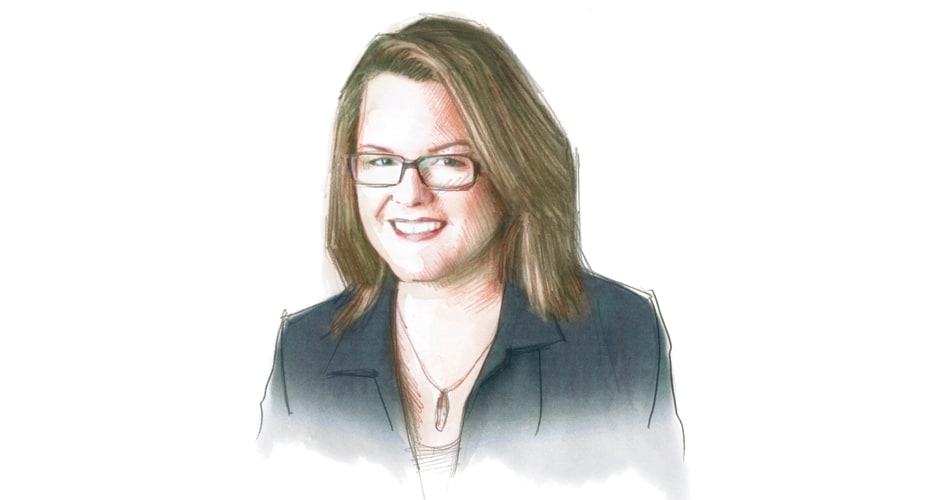
Toto, I have a feeling we’re not in Kansas anymore.
This is a time in my professional career unlike any I have experienced before and I think this is true for many foodservice consultants. Even in the 2008 recession, things were different and more certain. Now, in a relatively short period of time we have seen foodservice completely turned on its head. For me, it has been every market segment affected and I feel like those market segments, while they were always different, are now even more segmented than they were before.
Same old, same old doesn’t work
The common solutions or behaviors that would cross over segments and even within segments themselves are now less common. For example, some of the industry standards that would relate to workplace participation could be used with many clients with slight alteration before. Now, I’m finding that even within workplace dining, from one client to another, the industry standards no longer work and there can be significant variances in the baseline participation estimates I am using for initial sizing models.
Some clients are encouraging eating at their desks where others are requiring eating within the servery and dining spaces. Between healthcare and workplace, a traditional salad bar was often a no-brainer in a design, now it just doesn’t work to assume that is the case.
Sizing models are changing
One thing is for sure, we have changed our sizing model. The other thing that is for sure is that it is still so different from one client to another that it’s hard to say that we have yet to arrive at permanent changes. Often, topics like a WFH percentage, vacation/sick pay, primary days in office, flex time, to-go factors and number of seats, and more all impact our sizing models in different ways, often depending on the client.
Amenity vs. convenience
In a recent webinar, I got thinking about how employers will use their serveries in the future. The discussion examined the notion while employers began providing free meals to incentivize coming into the office, returning to a paid scenario was going to be difficult. My observation was that perhaps foodservice in the workplace will always be an amenity benefit in some accounts and that others are likely going to require payment, but perhaps we will have many more of the former than was typical before Covid. So, coming out of this pandemic, will foodservice be considered an amenity or will it be more for convenience?
Design has been transformed
The usual suspects that I would have on my cookline are changing and vary much more from one project to another. I feel strongly that equipment that can only preform one function will not be around in the future. And where we do spec equipment that only does one thing, it must provide a benefit otherwise, such as labor efficiency. The demand for efficiency and flexibility is so strong that cooklines will be smaller and equipment will be charged to do more.
But here’s the thing…this is the most exciting time I have ever experienced in foodservice. Change means opportunity and intellectual challenge and as consultants we must all put on our thinking caps. There is incredible pressure on us to redefine our industry and the excitement to do that is measurable.
So go grab those robots, research the new products that manufacturers have developed and redefine your own methods to account for the changes. We will come out of this being better and stronger at what we do and how we serve.
Laura Lentz FCSI is Design principal with Culinary Advisors in Maryland and a Foodservice Consultant columnist
